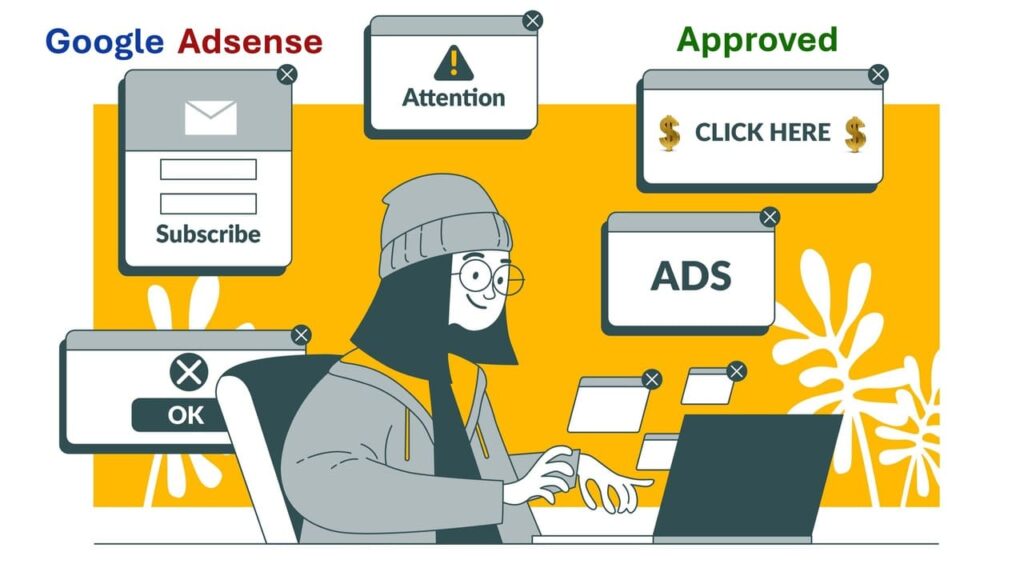
🔍 Introduction
Unlock the full potential of your SEO strategy in Digital Marketing with this complete Keyword Research Checklist. Discover expert tips on search intent, keyword tools, competitor analysis, long-tail keywords, content mapping, and more. Perfect for beginners and pros aiming to rank higher on Google! Ever heard the phrase “content is king”? Well, if that’s true, keyword research is the kingmaker. Keyword research is the backbone of any successful SEO strategy. It tells you exactly what your audience is searching for so you can deliver the content they need at the right time, in the right way.
Table of Contents
🎯 Setting Clear SEO Goals
Before jumping into tools and tactics, slow down. Ask yourself: what’s the point of all this? Are you trying to drive traffic, capture leads, sell products, or grow brand awareness? Gives a basic understanding of what keyword research is and why it’s critical in SEO. Think of keywords as the “compass” that guides your content to the right audience.
Defining Your Target Audience
You can’t hit a target you can’t see. Know who your audience is, what they care about, and how they search.
Aligning Keywords with Business Goals
Don’t just go after high-volume keywords—go after relevant keywords. If you’re a local bakery, ranking for “best chocolate cake recipe” might bring traffic but not customers. Focus on “chocolate cake near me” instead.
🌱 Brainstorming Seed Keywords
What Are Seed Keywords?
Seed keywords are the foundation—broad terms related to your niche. Think: “shoes,” “fitness,” or “SEO.”
Tools to Generate Initial Keyword Ideas
- Google Autocomplete
- Reddit/Quora
- Google Trends
- AnswerThePublic
🔧 Using Keyword Research Tools
Google Keyword Planner
A classic and free tool. Gives search volume and competition data.
Ubersuggest
Great for beginners. Offers keyword ideas, volume, and SEO difficulty.
Ahrefs, SEMrush, and Others
These are paid tools but power-packed. You’ll get deep dives into competition, backlinks, and content gaps.
📊 Analyzing Keyword Metrics
Search Volume
This tells you how often a term is searched monthly. High isn’t always better—context matters.
Keyword Difficulty (KD)
How hard is it to rank? Tools score this from 0–100. Lower means easier.
Cost Per Click (CPC)
Even if you’re not running ads, CPC shows the commercial value of a keyword.
Trends and Seasonality
Check if interest spikes seasonally. Pumpkin spice? That’s a fall thing.
🧠 Understanding User Intent
Types of Search Intent
- Informational: “how to bake bread”
- Navigational: “Facebook login”
- Transactional: “buy running shoes online”
Matching Keywords With Content
Match your blog, landing page, or product description with the correct search intent.
🕵️♀️ Competitor Keyword Analysis
Identifying Your Top Competitors
Google your seed keywords. Who ranks on Page 1? They’re your rivals.
Tools for Competitor Research
Use Ahrefs or SEMrush to spy on their keywords, backlinks, and top pages.
Finding Keyword Gaps
What keywords are they ranking for that you’re not? That’s your opportunity zone.
📏 Long-Tail vs. Short-Tail Keywords
Pros and Cons
- Short-tail: High volume, high competition (“shoes”)
- Long-tail: Low volume, high intent (“best running shoes for flat feet”)
When to Use Each
Long-tail keywords = better for conversions. Short-tail = better for brand awareness.
📚 Grouping & Mapping Keywords
Keyword Clustering
Group related keywords to avoid cannibalization. For example, cluster “SEO tips” with “SEO strategies.”
Mapping to the Buyer’s Journey
Top-of-funnel: informational
Mid-funnel: comparison keywords
Bottom-funnel: transactional keywords
📍 On-Page Keyword Placement
Title Tags & Meta Descriptions
Include your main keyword naturally. This is SEO real estate.
Headers and Content Body
Use variations and related keywords. Don’t just repeat the same phrase.
Image Alt Tags and Internal Links
Alt text helps SEO and accessibility. Internal links boost crawlability.
📈 Tracking Keyword Performance
Google Search Console
Shows impressions, clicks, and position of your pages.
Rank Tracking Tools
Use tools like SERPWatcher or SE Ranking to monitor your progress.
🔄 Updating and Refining Strategy
Refreshing Old Content
Update outdated stats and optimize underperforming posts. Keep things fresh!
Adapting to Algorithm Changes
Stay alert. Google updates can shift rankings overnight.
📍 Local SEO Considerations
Geo-Specific Keyword Research
Use modifiers like “near me,” city names, or zip codes.
Optimizing for Local Search
Claim your Google Business Profile and embed maps in your site.
⚠️ Common Mistakes to Avoid
Keyword Stuffing
More keywords ≠ better rankings. Natural flow matters.
Ignoring User Intent
You may rank, but if people bounce, Google takes notice.
Chasing Only High-Volume Terms
Low-volume keywords with high intent are gold.
✅ Conclusion
Keyword research isn’t just about finding popular terms—it’s about understanding your audience, your goals, and the journey from search to sale. Treat this checklist like your SEO treasure map. The better your research, the smoother your path to Page 1.
❓FAQs
1. What is the best free tool for keyword research?
Google Keyword Planner and Ubersuggest are great for beginners.
2. How often should I do keyword research?
At least quarterly—or whenever launching new content or products.
3. Can I rank without keyword research?
Unlikely. You might get lucky, but SEO success needs strategy.
4. What’s the ideal keyword density?
There’s no magic number. Focus on natural use—1–2% is a good ballpark.
5. How long does it take to see SEO results?
Usually 3–6 months, depending on competition and content quality.
- Ultimate Guide For Guest Posts, Build Backlinks & Optimized SEO in 2025
- Top 15 Types of Content Marketing and How to Use Them Effectively in 2025
- Top 10 Social Media Marketing Strategies in 2025 for Brand Growth
- What is Social Media Marketing and Its Benefits in 2025
- What is Content Marketing & Why It’s Crucial in 2025 | Complete Guide









